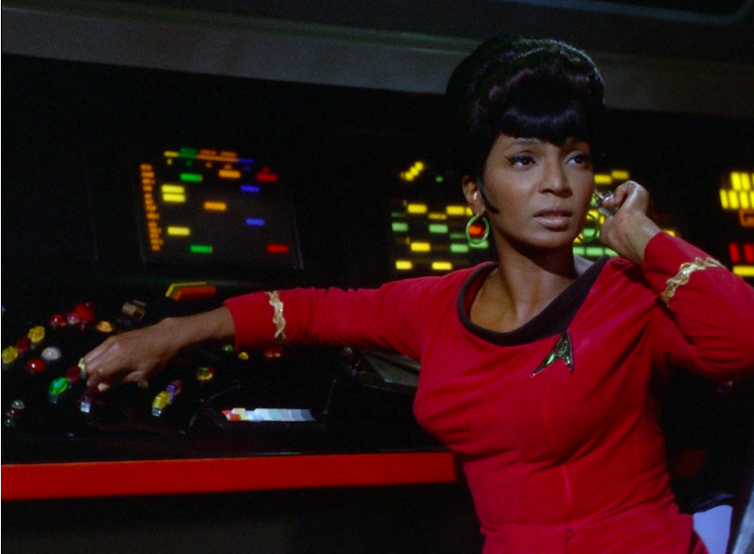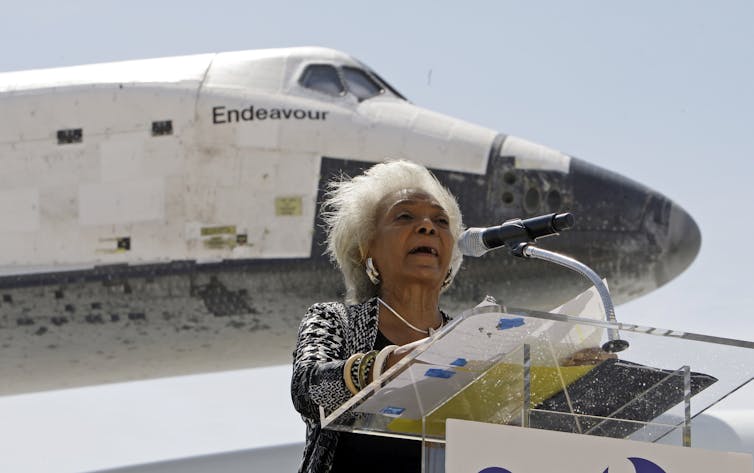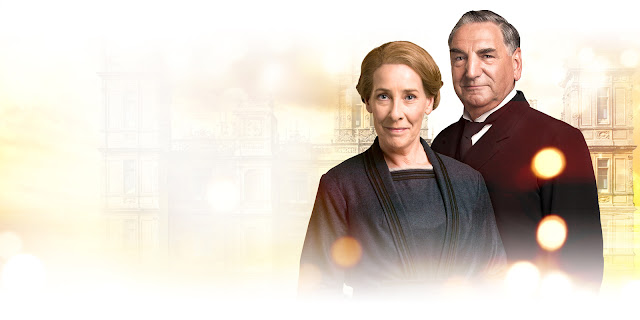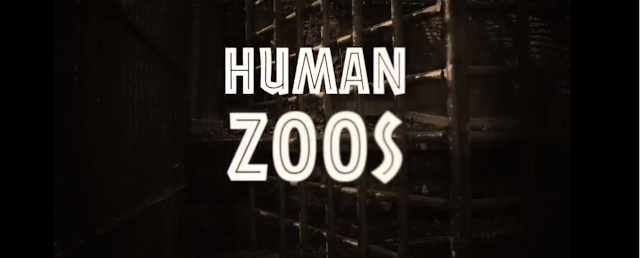 |
| Still from the trailer for "Human Zoos" |
Now a new award-winning documentary tells their heartbreaking story. It is called Human Zoos.
"Too often people think that ideas don't matter," says Dr. John West, the director and writer of the film. "Human Zoos shows otherwise, investigating how false ideas about science can lead to false ideas about our fellow human beings. The impact of these false ideas on human lives can be devastating."
The Oregon Documentary Film Festival calls Human Zoos "a racially charged story that will mesmerize you... You have to see it to believe it, and then wonder why they didn't teach you this chapter in history class."
Human Zoos exposes the shocking history of scientific racism in America and reveals how some people today in the so-called "Alt-right" are still drawing on Social Darwinism in order to dehumanize others.
⏩ The film also explores the sinister history of eugenics, the effort to breed humans based on Darwinian principles.
The 55-minute documentary features Pulitzer Prize-winning writer Pamela Newkirk, author of Spectacle: The Astonishing Life of Ota Benga; California State University historian Richard Weikart; Catholic University of America philosopher Jay Richards; and Nigerian scholar Olufemi Oluniyi.
⏩ The film also explores the sinister history of eugenics, the effort to breed humans based on Darwinian principles.
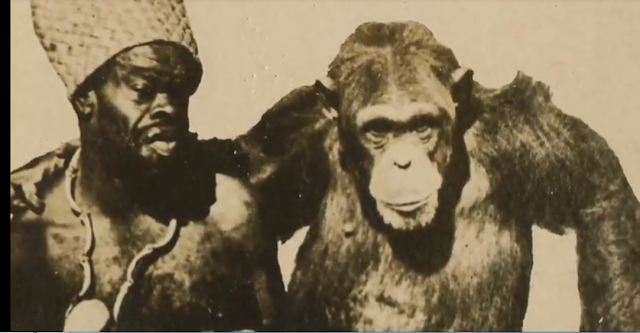 |
| Still from the trailer for "Human Zoos" |
⏩ Human Zoos has already won four awards, including Best Editing from the Oregon Documentary Film Festival and Best in Show from the Cinema World Fest Awards in Toronto. In addition, the film was named an official selection of the Africa World Documentary Film Festival and the Anthem Film Festival.
Synopsis: |
| Still from the trailer for "Human Zoos" |
(Via Human Zoos)
"In September 1906, nearly a quarter of a million people flocked to the Bronx Zoo in New York City. Many came for a startling new exhibit in the Zoo’s Monkey House. But it wasn’t a monkey they came to see. It was a man. His name was Ota Benga. A pygmy from the African Congo, Ota Benga was exhibited in a cage along with monkeys.
Benga was not alone. He was one of literally thousands of indigenous peoples who were put on public display throughout America in the early twentieth century. Often touted as “missing links” between man and apes and as examples of the “lower” stages of human evolution, these native peoples were harassed, demeaned, and jeered at. Their public display was arranged with the enthusiastic support of the most elite members of the scientific community, and it was promoted uncritically by America’s leading newspapers.
Human Zoos tells the horrifying story of this effort to dehumanize entire classes of people in the name of science. It will also tell the story of the courageous African-American ministers in New York City who tried to stop what was going on. Finally, the documentary will expose how some organizations are still trying to cover up their involvement in what happened and re-write the past.
The documentary features interviews with a number of experts, including Pulitzer Prize-winning writer Pamela Newkirk, author of Spectacle: The Astonishing Life of Ota Benga."


